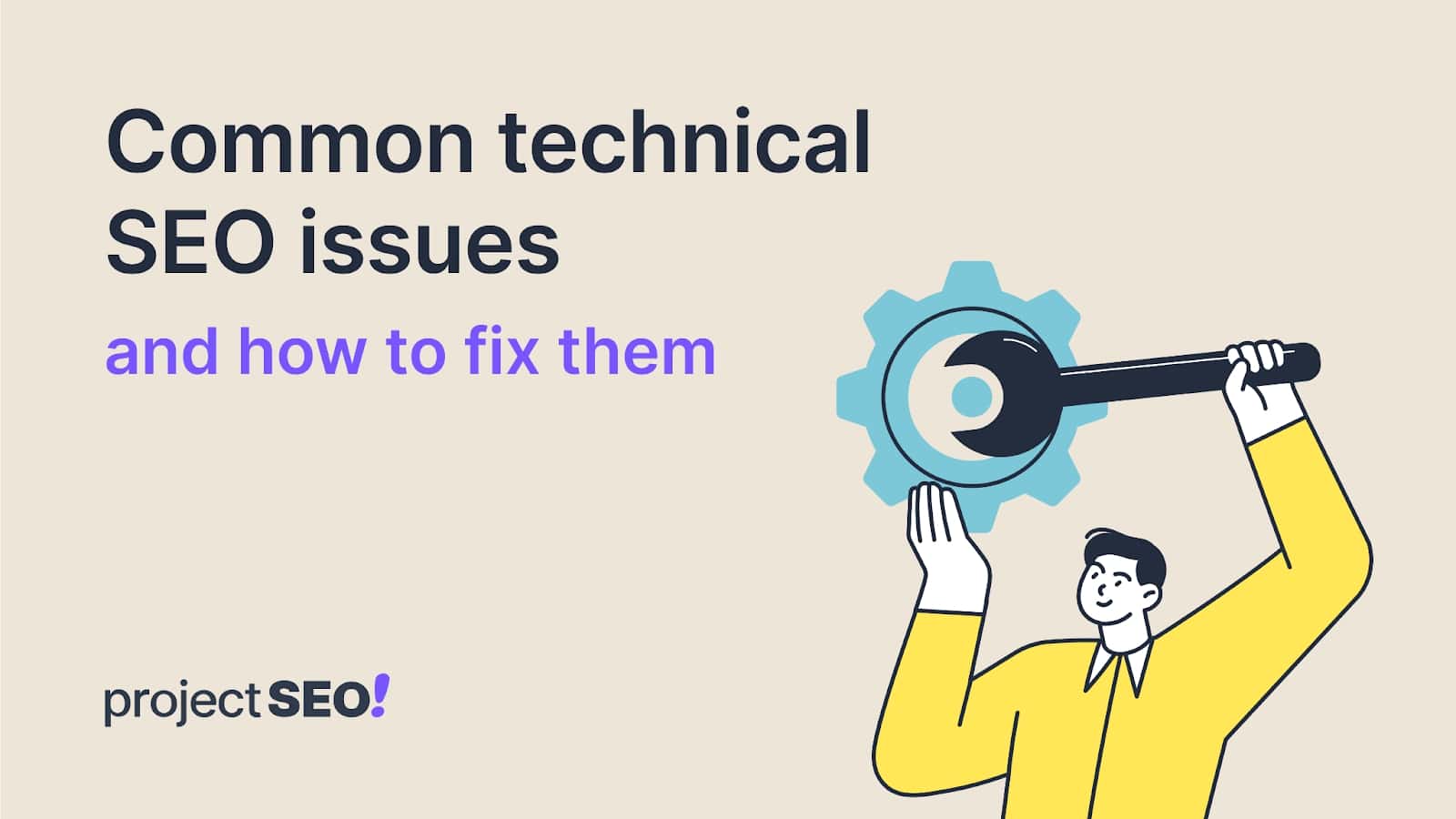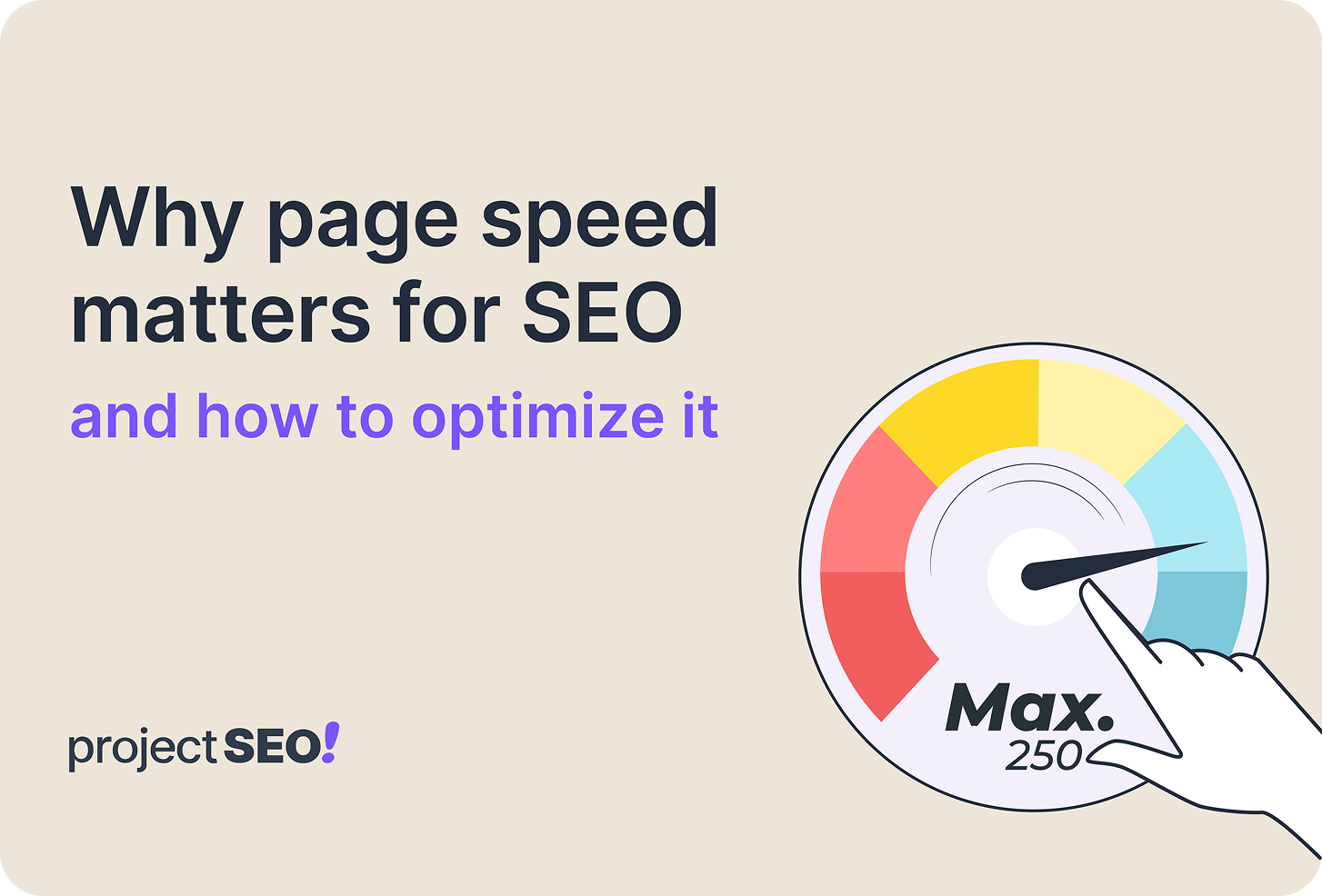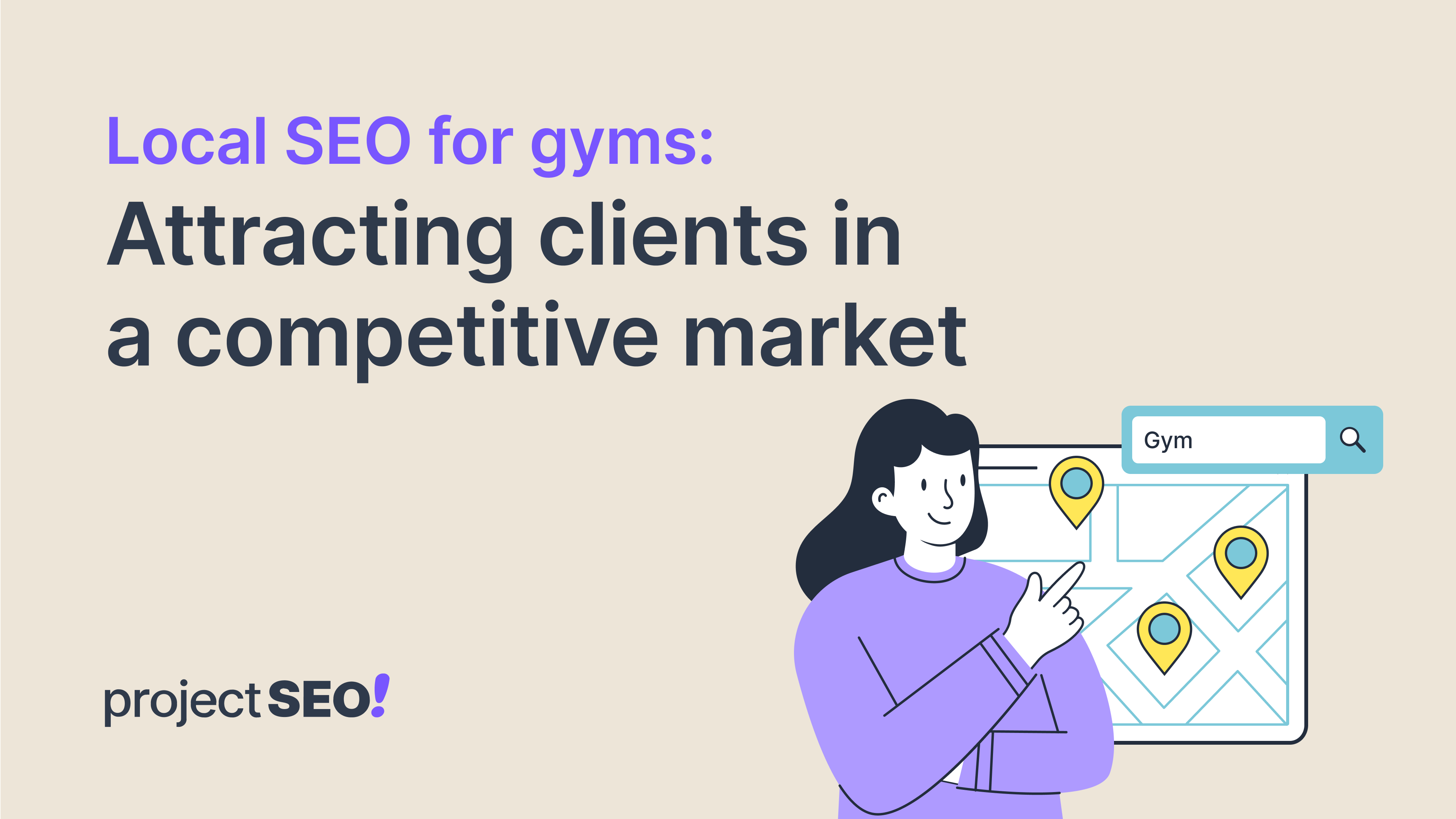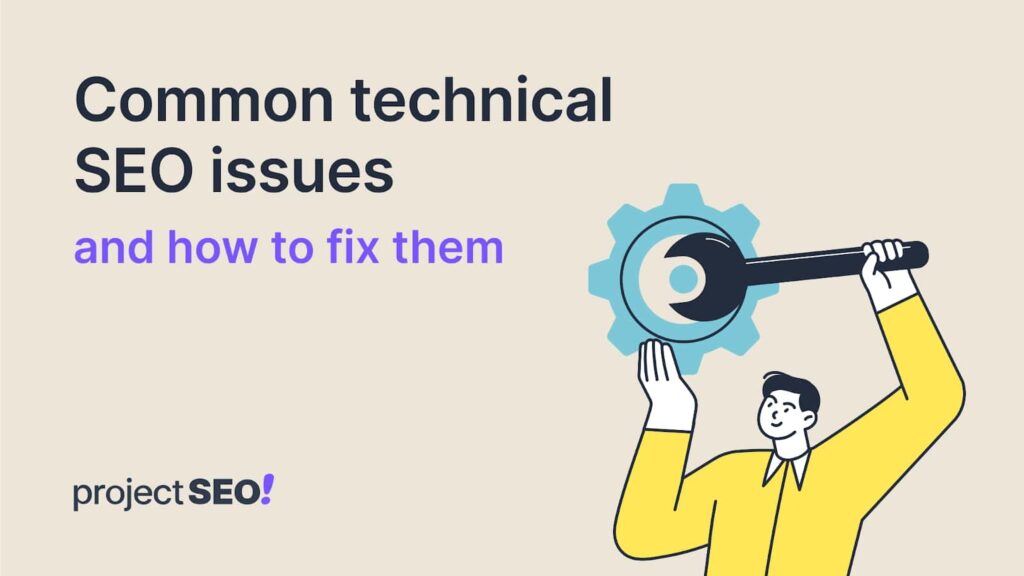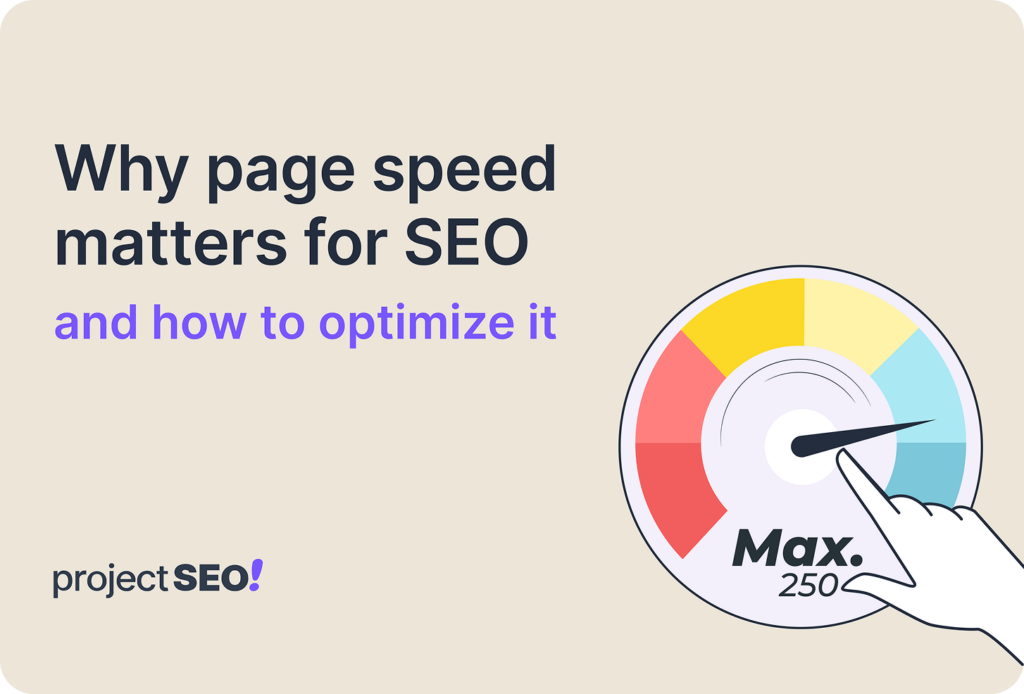Marketing for SaaS is a crucial aspect of driving growth and revenue for any software as a service (SaaS) business. As the SaaS industry continues to grow and become more competitive, effective marketing strategies are essential to stand out from the crowd and attract new customers. In this article, we will explore various marketing tactics that can help SaaS companies to build brand awareness, generate leads, and increase conversions.
One of the most important aspects of marketing for SaaS is to clearly communicate the value proposition of your product. This involves understanding your target audience and their pain points, and crafting messaging that resonates with them. Additionally, it’s important to differentiate your product from competitors and highlight what makes it unique and valuable.
Another key component of marketing for SaaS is to establish a strong online presence. This involves creating a website that is optimized for search engines, building a social media following, and leveraging content marketing to engage with your target audience. By creating valuable content that educates and informs potential customers, you can establish your company as a thought leader in your industry and build trust with your audience.
What is a SaaS marketing strategy?
A SaaS marketing strategy is a plan of action that outlines how a software as a service (SaaS) company will attract, engage, and retain customers. It is a comprehensive approach to marketing that focuses on the unique needs and challenges of the SaaS industry.
At its core, a marketing strategy is about creating a compelling value proposition that resonates with your target audience. This requires a deep understanding of your customers’ pain points, needs, and desires, as well as a clear understanding of your own unique selling points.
A successful strategy must also take into account the unique characteristics of the SaaS business model. This includes a focus on customer lifetime value, recurring revenue, and customer retention. It also requires a deep understanding of the metrics that drive SaaS businesses.
To develop a marketing strategy, we must start with a clear understanding of our target audience. This includes creating buyer personas, identifying key pain points and challenges, and understanding the buying journey of our customers.
From there, we can develop a comprehensive marketing plan that includes a mix of inbound and outbound marketing tactics. This may include content marketing, social media marketing, email marketing, paid advertising, and more.
Ultimately, a successful SaaS marketing strategy is one that is data-driven, customer-focused, and adaptable to changing market conditions. By staying focused on the needs of our customers and constantly testing and iterating our approach, we can build a strong and sustainable SaaS business
Why are SaaS companies struggling today?
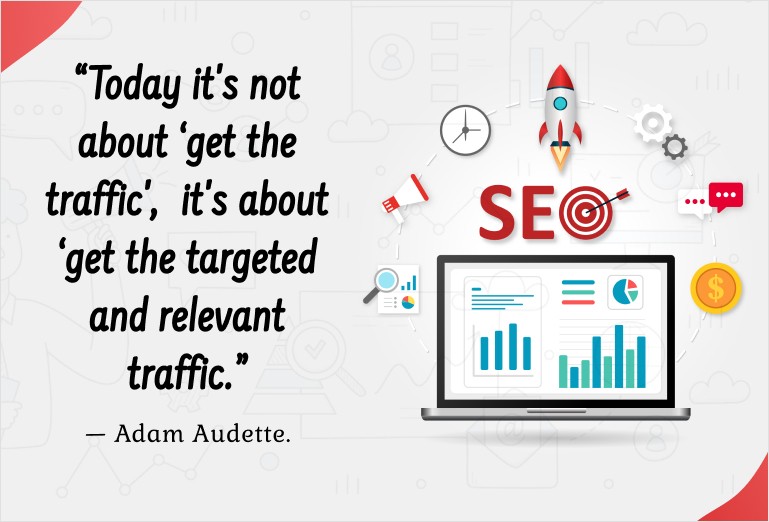
As the SaaS landscape continues to evolve, SEO has emerged as a critical factor affecting the success of SaaS companies. The intense competition in the SaaS industry has led to a higher churn rate, which, in turn, has posed significant challenges for many companies. In this section, we will delve into the SEO-related factors contributing to the struggles of SaaS companies today.
- Intense SEO competition: The primary reason behind the challenges faced by SaaS companies is the fierce competition within the SEO domain. With an ever-increasing number of SaaS companies entering the market, establishing a unique online presence has become increasingly challenging. This heightened competition has triggered a race to the bottom in terms of SEO tactics, including pricing strategies, thereby exerting pressure on profit margins.
- SEO-driven churn: Customer churn rate is a pivotal SEO metric for SaaS companies, representing the percentage of customers who cease using a product or service within a specific timeframe. Elevated churn rates can signal SEO-related issues, such as inadequate online customer support or a failure to engage effectively with website visitors. Effective SEO strategies are crucial for minimizing churn by ensuring potential customers find the information and support they need to remain loyal.
- SEO-driven innovation gap: Another key aspect of SEO challenges faced by SaaS companies is their struggle to innovate. Many businesses have resorted to emulating the SEO strategies of their competitors rather than pioneering new and inventive approaches. This imitation has led to a lack of differentiation within the SEO landscape, making it exceedingly difficult for companies to stand out amidst the digital noise.
In conclusion, SaaS companies grapple with SEO-related issues, including heightened competition, elevated churn rates, and a dearth of innovation. Overcoming these SEO challenges is pivotal for long-term success in the SaaS industry. Companies that can effectively address these SEO-related concerns and differentiate themselves from their competitors are more likely to thrive and prosper in the ever-evolving digital landscape.
Understand your ideal SaaS customer
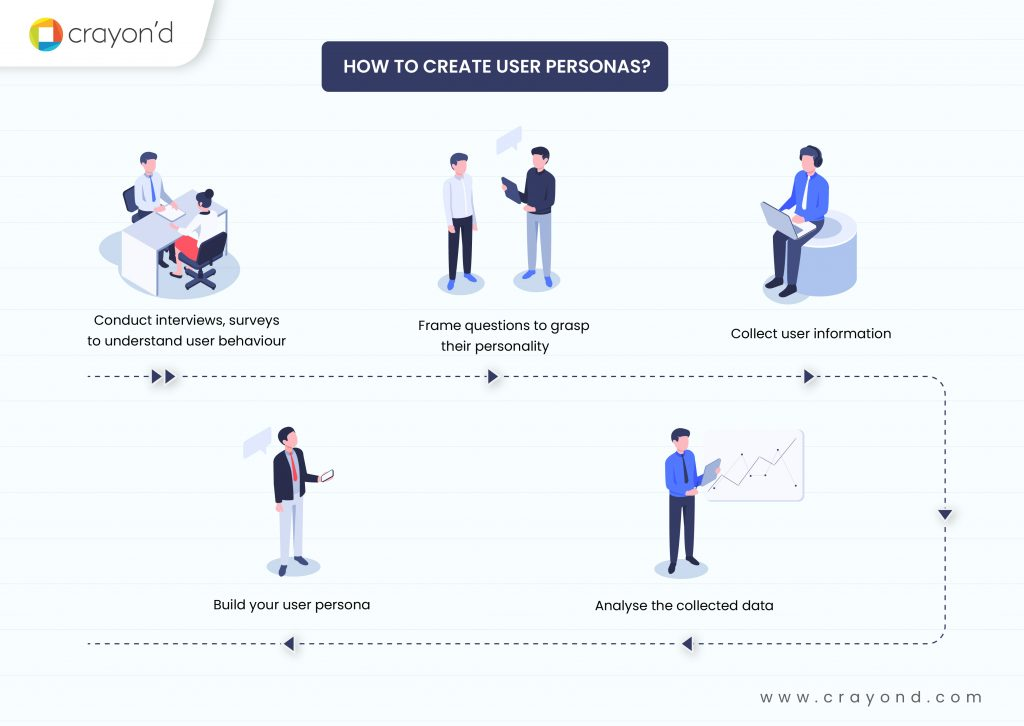
To effectively market your SaaS product, it is crucial to understand your ideal customer. This means having a deep understanding of their needs, pain points, and behaviors. By understanding your ideal customer, you can tailor your marketing efforts to better resonate with them and ultimately drive more conversions.
One way to understand your ideal customer is to create customer personas. These are fictional representations of your ideal customers that are based on research and data. Customer personas can help you visualize your ideal customer, understand their motivations, and create targeted marketing campaigns.
Another important aspect of understanding your ideal customer is mapping out their customer journey. This involves understanding the various touchpoints and interactions that your customer has with your brand, from initial awareness to post-purchase engagement. By mapping out the customer journey, you can identify areas for improvement and create a more seamless experience for your customers.
When thinking about your ideal customer, it’s also important to consider their lifetime value (LTV). This is the amount of revenue that a customer is expected to generate over the course of their relationship with your brand. By understanding LTV, you can better allocate resources towards acquiring and retaining high-value customers.
In summary, understanding your ideal SaaS customer is critical to creating effective marketing campaigns. By creating customer personas, mapping out the customer journey, and considering LTV, you can better tailor your marketing efforts to drive conversions and build long-term relationships with your customers.
Proven SaaS marketing strategies
At our company, we have found several marketing strategies that work well for SaaS businesses. By implementing these tactics, we have seen growth in both our customer base and revenue. Here are some of the most effective strategies we have used:
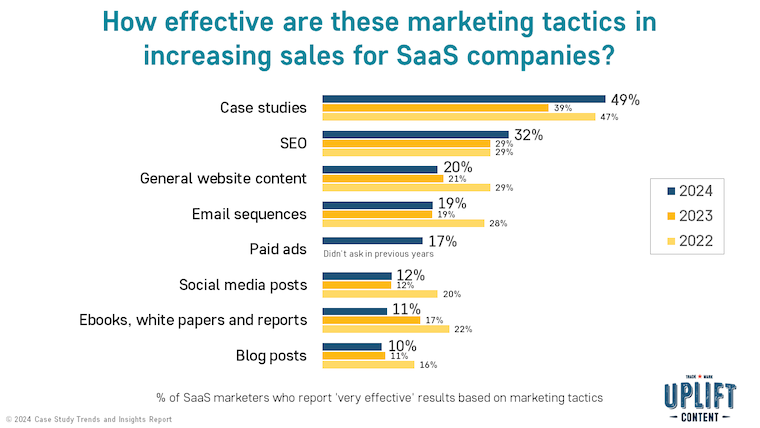
Content marketing
Content marketing is a powerful tool for SaaS businesses. By creating valuable content that educates and engages potential customers, you can establish yourself as a thought leader in your industry. This can help you attract new customers and retain existing ones.
Search engine optimization (SEO)
SEO is critical for any SaaS company looking to increase organic traffic to their website. By optimizing your website for relevant keywords, you can improve your search engine rankings and attract more visitors to your site.
Email marketing
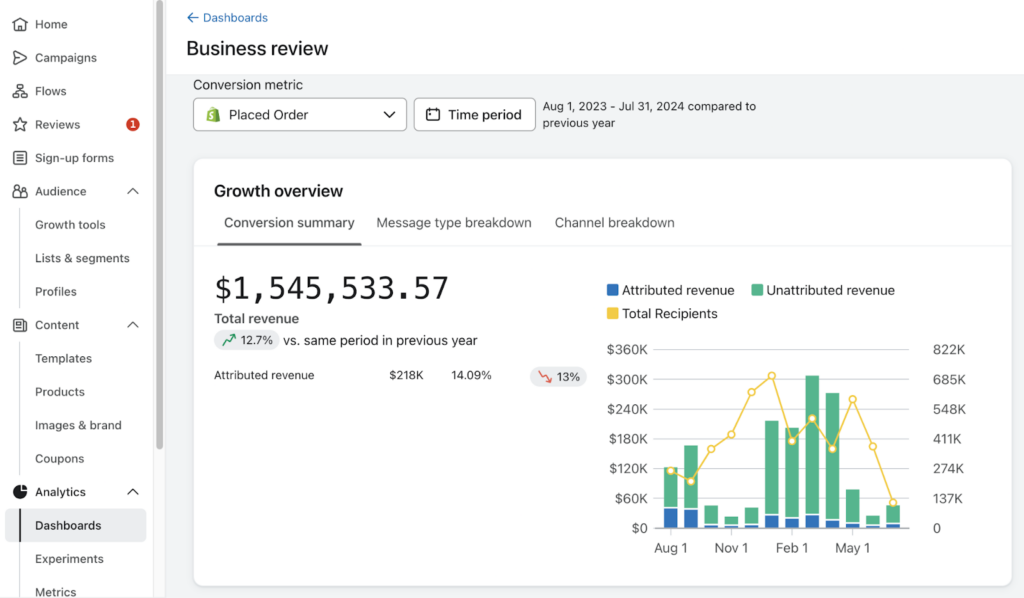
Email marketing is a great way to stay in touch with your customers and keep them engaged with your product. By sending regular newsletters, product updates, and promotional offers, you can increase customer retention and drive revenue.
Pay-per-click advertising (PPC)

PPC advertising can be an effective way to drive traffic to your website and generate leads. By targeting specific keywords and demographics, you can reach potential customers who are actively searching for your product.
Product-led growth (PLG)
Product-led growth is a strategy that focuses on creating a product that is so valuable and easy to use that it sells itself. By prioritizing user experience and product functionality, you can drive growth and retention without relying heavily on traditional marketing tactics.
Affiliate marketing
Affiliate marketing is a great way to leverage the audiences of other businesses and influencers to promote your product. By offering a commission for every sale made through an affiliate link, you can incentivize others to promote your product and drive sales.
Influencer collaborations
Collaborating with influencers can be a powerful way to reach new audiences and build brand awareness. By partnering with influencers who have a relevant following, you can tap into their audience and promote your product to a wider audience.
Social media marketing

Social media marketing is a great way to engage with your audience and build brand awareness. By creating valuable content and engaging with your followers, you can increase your social media presence and drive traffic to your website.
Webinars and virtual events
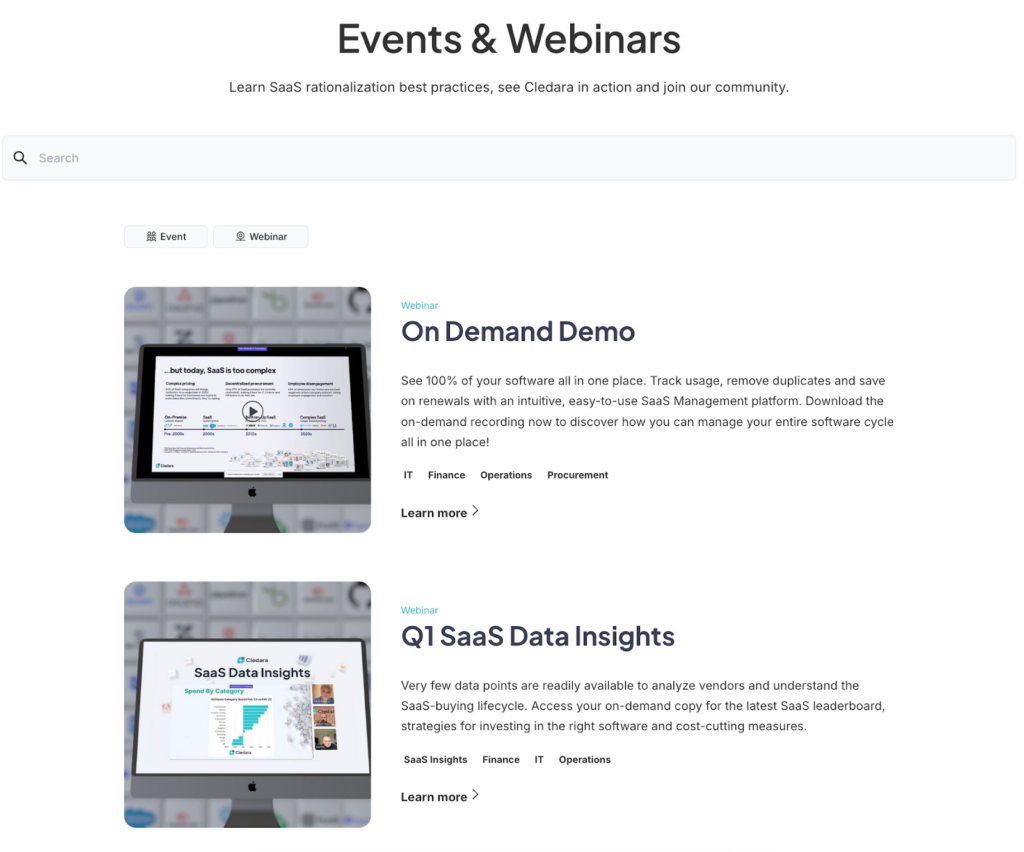
Webinars and virtual events are a great way to educate potential customers and showcase your product. By hosting informative webinars and virtual events, you can establish yourself as a thought leader and generate leads for your business.
Customer testimonials and case studies
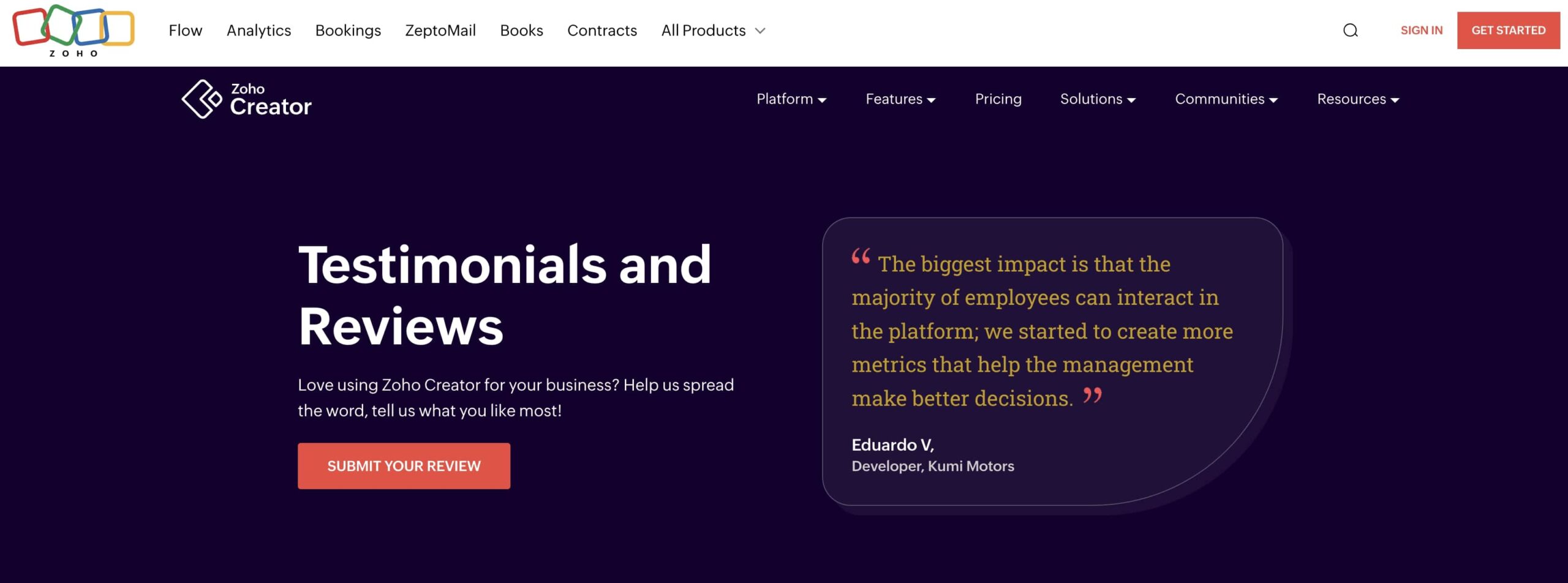
Customer testimonials and case studies are a powerful way to showcase the value of your product and build trust with potential customers. By highlighting the success stories of your existing customers, you can demonstrate the effectiveness of your product and attract new customers.
Community building
Building a community around your product can be a powerful way to increase engagement and retention. By creating a forum or social media group where customers can connect and share their experiences, you can build a loyal following and drive growth.
Video marketing
Video marketing is a great way to showcase your product and engage with your audience. By creating informative and engaging videos, you can increase brand awareness and drive traffic to your website.
Retargeting campaigns
Retargeting campaigns can be an effective way to re-engage potential customers who have visited your website but haven’t yet converted. By targeting these users with relevant ads, you can increase the likelihood of them returning to your site and making a purchase.
Referral programs
Referral programs are a great way to incentivize your existing customers to refer new customers to your business. By offering a reward for every new customer referred, you can tap into the network of your existing customers and drive growth.
Chatbots and AI-driven engagement
Chatbots and AI-driven engagement can be a powerful way to automate customer support and increase engagement with your product. By implementing a chatbot on your website or in your product, you can provide instant support to your customers and improve their overall experience.
These are just some of the most effective marketing strategies we have used at our SaaS business. By implementing these tactics and continually evaluating and optimizing our marketing efforts, we have been able to drive growth and increase revenue for our business.
The takeaway: search engines first, then the rest
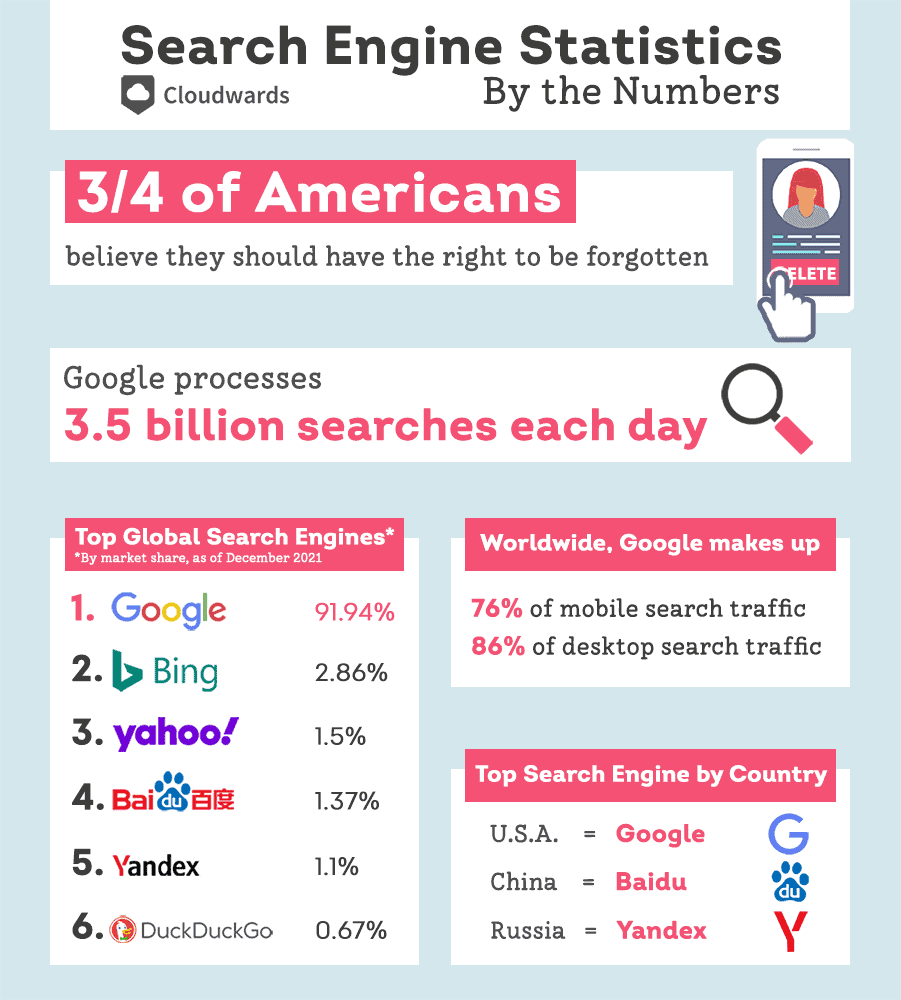
Launching headfirst and trying to compete with the SaaS giants right off the bat might seem ambitious, but it’s not strategic if you’re still emerging in the field. Start-ups and growing SaaS companies should deploy smarter tactics to enhance their online visibility without the exorbitant costs of high-end campaigns and extensive PR.
Using search engine marketing — content marketing, PPC, and SEO — allows you to draw in genuinely interested leads from the vast digital space.
Now, I’m not sidelining the significance of other avenues like webinars, influencer collaborations, or social media. These are vital “push” channels that bolster your brand’s outreach and engagement. They act as additional layers to strengthen your brand’s persona, placing your solution in front of prospects and hoping it resonates.
However, search engine marketing practices primarily act as “pull” mechanisms. Rather than artificially creating a surge, you let the organic interest (or traffic) build naturally, and then your content and platform guide these leads home to your SaaS solution.
Think of it as harnessing the natural flow of a river to turn a turbine rather than exerting energy to push water towards it. Which approach seems more efficient to you?
Pull marketing undoubtedly delivers superior results.
Ready to scale your SaaS marketing?
Scaling your SaaS website can be challenging, especially if you need the necessary expertise. You might be tempted to handle it independently, but that could cost you more in the long run. The learning curve is steep, and there are potential risks involved. However, there’s a fantastic solution available. You can outsource your website fixes to our reputable agency, ProjectSEO, specializing in SaaS website optimization.
We have a team of experienced professionals who are experts in Google Analytics, Ahrefs, Webmaster, and various SEO tools. We’re here to help your business grow online and improve organic traffic. If you’re ready to enhance your digital presence and attract more customers, we invite you to contact us today. Let’s work together to achieve your marketing goals.
